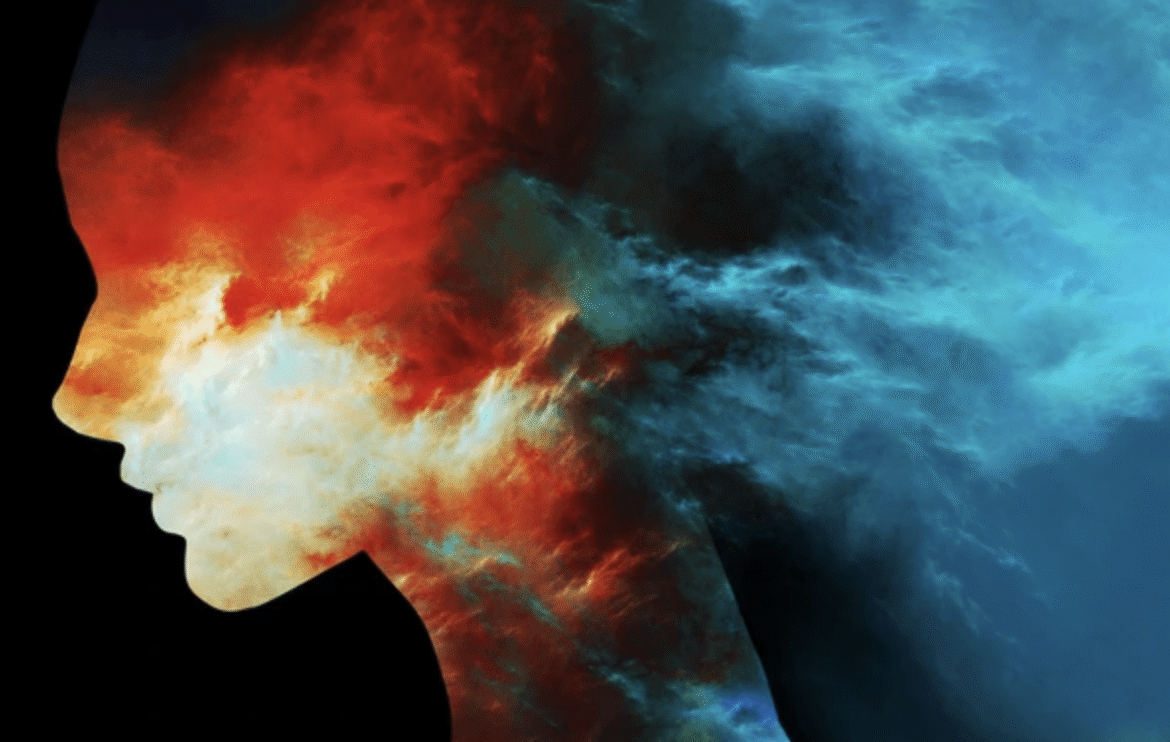Every human being moves through three states of consciousness every day – Jāgrat (waking), Svapna (dream), and Suṣupti (deep sleep). Though they seem ordinary, these states are profound mirrors of our spiritual journey.
The Upaniṣads and Advaita Vedānta regard them not just as biological functions, but as doorways to understanding who we truly are, the Self (Ātman), beyond body and mind.
1. The Waking State (Jāgrat): The World of Names and Forms
In the waking state, the senses are active, the intellect discriminates, and we identify ourselves as the “doer” (kartā) and “enjoyer” (bhoktā).
We say, “I am awake. I am reading this.” But Vedānta asks – who is this “I”?
In Jāgrat, our consciousness is turned outward through the five senses. We see the diversity of the world, and we are bound by dualities – pleasure and pain, gain and loss, love and fear. It is the realm of Māyā, the grand illusion where we mistake the transient for the eternal.
What It Teaches Us
- The waking world, though vivid, is impermanent – just as dreams vanish when we awaken.
- What we call “reality” is only relative reality (Vyāvahārika Sattā).
- Every experience here points us back to an unchanging witness – the Sākṣin, the silent observer who sees all thoughts and actions without being affected by them.
When we pause amid our busy day and observe – “I am aware that I am working” – we begin to glimpse this witnessing consciousness.
2. The Dream State (Svapna): The Mind’s Inner Theatre
In Svapna, the senses rest, but the mind creates its own universe.
We meet people, travel places, feel emotions – yet none of it involves the physical body. The dreamer (Taijasa) projects a world made of impressions (saṃskāras) stored in the subconscious.
When dreaming, we accept everything as real until we wake. This shows that the mind itself has the power to create entire realities.
What It Teaches Us
- Both waking and dreaming are projections – one external, one internal.
- The dream reminds us that consciousness does not depend on the body. Even without the body’s activity, we experience joy, fear, and thought.
- The dreamer and the waker are both witnessed by something deeper – the same Ātman that shines in both states.
Vedānta beautifully says:
“As in dream, so in waking – both are mere appearances in Consciousness.”
This insight softens our attachment to outer events. The mind realizes: if the dream collapses at dawn, the waking world too may dissolve at a higher awakening – Self-realization.
3. The Deep Sleep State (Suṣupti): The Taste of Pure Being
Deep sleep is unique. There are no thoughts, no desires, no identities yet when we wake, we say, “I slept well.”
Who is this I that remembers the experience of absence?
In Suṣupti, the individual mind (jīva) and its projections are temporarily resolved into their causal form (kāraṇa śarīra). Consciousness remains, but there is no duality. It is the closest natural experience of non-duality (advaita).
However, it is unconscious non-duality, we don’t know that we are bliss itself; we merely taste its reflection.
Thus, deep sleep hints at our real nature: pure awareness untainted by the body or mind.
What It Teaches Us
- Joy arises when individuality dissolves – this is why everyone loves sleep.
- The peace of Suṣupti points to the peace of Ātman.
- Yet ignorance (avidyā) remains because we are unaware of our own awareness. Enlightenment is like deep sleep but awake.
The Māṇḍūkya Upaniṣad calls this the third state and urges us to find the “fourth” – Turīya – the background consciousness present in all three.
4. The Fourth State (Turīya): The Ever-Awake Witness
Turīya is not a separate state but the substratum underlying all others – the screen upon which waking, dream, and sleep play out.
It is pure consciousness – eternal, formless, changeless.
The waking person identifies with the body (Viśva),
the dreamer with the mind (Taijasa),
the sleeper with ignorance (Prājña),
but Turīya transcends all three – it is the Self itself, the “I” that never sleeps, never dreams, never wakes.
Realization
When we meditate and observe all states as passing phenomena, we begin to rest in Turīya.
We no longer say “I am the doer” or “I am dreaming.”
We know, I am the witness of all experiences, untouched by them.
That realization is liberation – mokṣa.
5. How to Apply This Wisdom in Daily Life
Vedānta is not philosophy for monks alone; it’s a science of consciousness meant for living with awareness.
In waking: Observe your reactions – who is angry, who is joyful? You are the witness.
In dream: Before sleeping, affirm: “I am consciousness beyond dream and waking.”
In deep sleep: Reflect on how peace arises when the ego rests. Let that inspire inner stillness during meditation.
Through self-inquiry (ātma-vicāra), we begin to see life not as random events, but as movements of consciousness within consciousness. The line between sleep and wakefulness fades, and existence becomes one continuous, aware presence.
Conclusion
The three states are not just experiences – they are teachings.
- Waking shows us the play of illusion.
- Dream shows us the power of mind.
- Deep sleep shows us the bliss of egolessness.
And beyond them all shines Turīya the ever-awake awareness that is our true Self.
As the Māṇḍūkya Upaniṣad declares:
“That which is unseen, beyond thought, beyond expression –
the cessation of all phenomena, peace, bliss, non-dual –
that is the Self, and that is to be realized.”


Leave a Reply